Culturing Creativity – Mood Boards
On this Culturing Creativity episode, we try our hand at making mood boards for some of the books in our Black Skies Series and discuss how these mood board can help inspire creative thinking.
If you would like to have a go at creating your own mood board, we suggest using milanote as an easy, online platform.
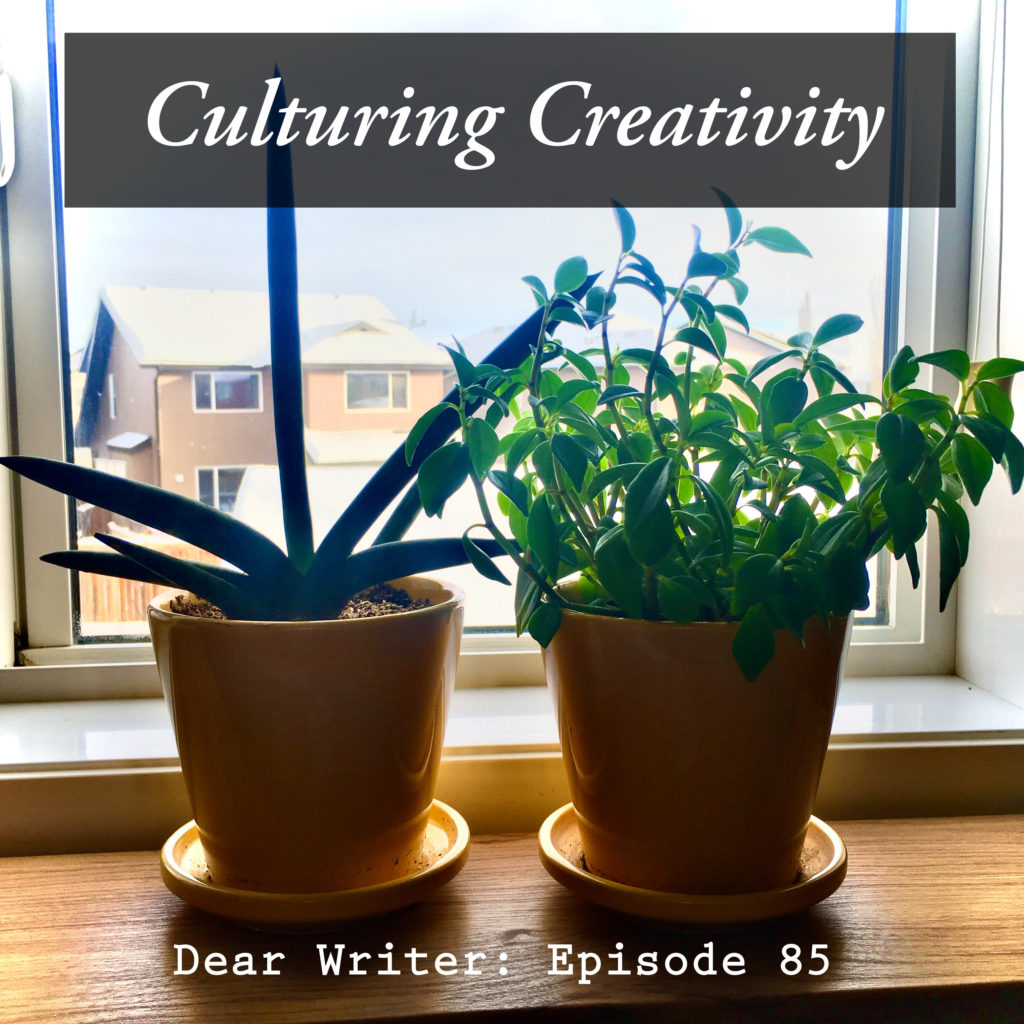
Episode Summary:
Main Discussion: Mood Boards
What are mood boards?
Sarah: A mood board is a collection of images, quotes, and even songs (if you are using a digital board) that you make into a collage. All these items together represent some sort of idea. Whether that’s the design for your new house, or more specifically for this podcast perhaps the setting of your novel or even one of your characters.
Ashley: It’s basically a visual (and audio) representation of some aspect of your book. The creator selects different images that represent the colours, emotions, events, etc, that you want to portray. Then, you arrange them into a collage. Some people choose to make physical mood boards with physical pictures pinned to something like a bulletin board while others make digital ones using platforms like Pintrest, or in our case Milanote.
Why use mood boards for creative writing?
Sarah: Mood boards are excellent sources of inspiration. They can be used at any stage of writing which makes them very flexible tools. If you’re a visual person they can help bring aspects of your novel to life which then helps you to imagine the scenes and write a book that is rich in detail. I also think it can help bring out important themes of your book and help you hone in on what moments are key elements of the story. It’s also useful as a marketing tool. For example, I mentioned to Ashley it might be helpful to provide the cover designer with a copy so they know what sort of direction you’d like to take.
Ashley: Mood boards can help spark new ideas, especially when you might be going through an uninspired phase. They can help you visualise any part of your story you are struggling with – setting, character, plot, or even just the general tone of your story. The can also get you in the right headspace to for your novel, by giving you a visual representation of what your story looks like, it can help you visualise your story much better. You can also use them for marketing – a great mood board can be really enticing for your potential readers.
Have we used mood boards before? Did we think they would be useful prior to the exercise?
Sarah: I also have never made a mood board, but I’d seen them used and thought they looked cool. I hadn’t given much thought to how useful they are before now though, I think in my mind it looked like a procrastination method (albeit a pretty one!). I’m pleased to admit I was wrong and it’s both fun and helpful.
Ashley: I have never made a mood board for anything before, let alone one for our novel. I had actually never even considered making one, so this was a whole new experience for me. Honestly, I wasn’t too sure how useful it would be.
For this episode, since neither Sarah and I had ever tried making mood boards we each put one together on the novel in our Black Skies Series that we are currently editing- The Price of Pandemonium and Darkness Set us Free. We will each explain which novel we used and our process for choosing the images, songs, and quotes used on our boards.
Sarah:
I put together a board for the book I’m currently editing, The Price of Pandemonium. I began by searching for images that to me held significance, it could have been a character, a plot event, or even the mental state of a character (represented by a shadowy figure). There were some that I initially included (I was going to include more characters) but I soon realised that, although character is important, it wasn’t necessary to clog up the board space with every character and detracted from the ‘mood’ I was trying to convey. For me, orange has always been the colour I’ve been attracted to for this book so I knew from the start I was searching for images of this colour. The quote I chose I wanted to represent the whole book. There is a lot of destruction in this book, of both physical and emotional nature, so it reads: “a rising black cloud consumed everything in its path.” As for songs, I listened to several before deciding on three which to me represented the book more as a whole. In particular, ‘Run’ by One Republic surprised me because of its more upbeat tone, but I reflected there are some pretty fun elements in the book! Finally, an interesting tip from the creators of milanote was to resize images to be representative of their importance, and I feel this really helped me understand which elements of the plot I viewed as most significant to the overall storyline.
Ashley:
The novel I worked on was Darkness, Set us Free, the third book in our Black Skies series. My process for choosing the images was to think of key moments in the book and then look for images I thought captured the mood of those events. I then thought about the different settings in the book and tried to find some images that I thought captured both the physical scene but also the emotion of those places. Then I looked for three songs to add since we were using a digital mod board tool. I have a running playlist of songs that generally fit the Black Skies series, so I spent some time going through the playlist trying to choose some songs that reflected some specific characters in the book and their struggled but at the same time reflected some of the issues the other characters were facing as well. It gave a mood board which had quite an interesting look. I was never really sure what colour represented the novel. In my mind When the Rain Falls was always blue and the Price of Pandemonium was yellow/red/orange. This one came out with elements of dark green which surprised me.
Overall thoughts on making a mood board, whether it helped inspire creativity, and any additional benefits.
Sarah: I enjoyed it. I sort of knew I would because I love procrastinating with things like this. But it surprised me that it served a purpose beyond procrastination… I truly have found it inspiring and it’s helped to put me in the headspace to read through the book and do one last go-over before relinquishing it to Ashley. We all know how mind-numbing a book becomes when you’ve edited it a thousand times, but this helped me regain perspective and rejuvenated me.
Ashley: I enjoyed the experience. I wasn’t sure how I was going to find it, but it was fun. I really liked going through the images and choosing ones that I felt suited the book. It actually made me think more deeply about our book as well to choose images I thought had more than one meaning and captured the essence of the story. There were quite a few ideas I had that I ended up deleting because the image wasn’t right or the mood didn’t fit. It made me want to make one for our ancient Greece book – particularly the setting – to see if it would help bring some clarity to the tone of the book.









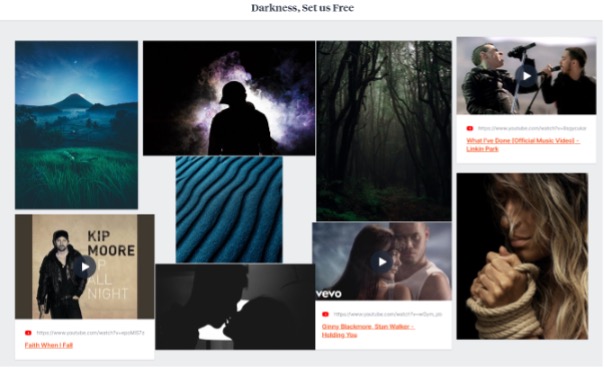
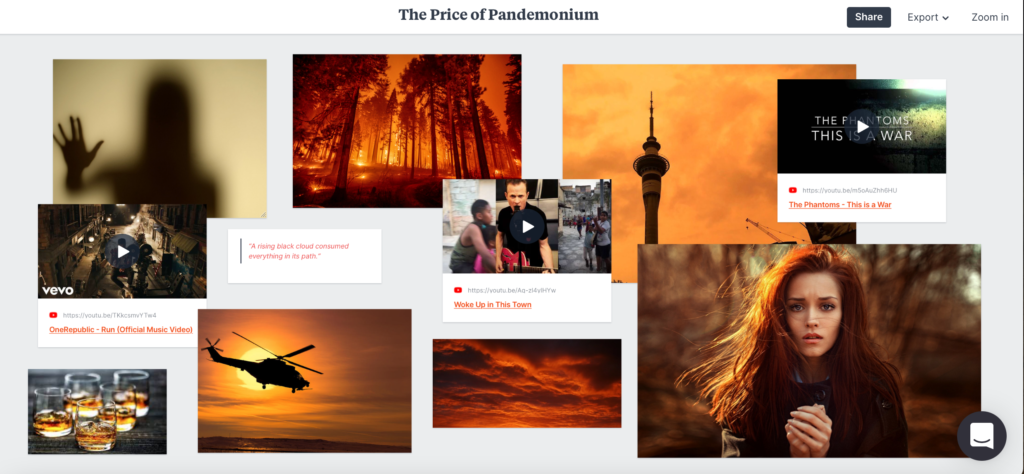
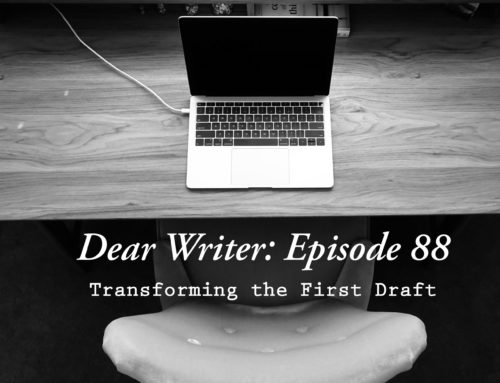
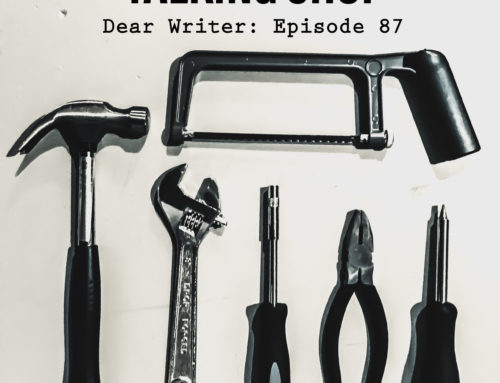


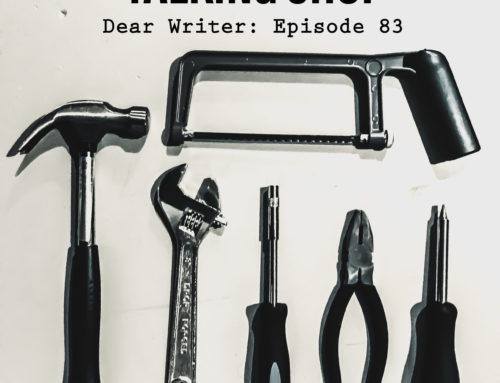


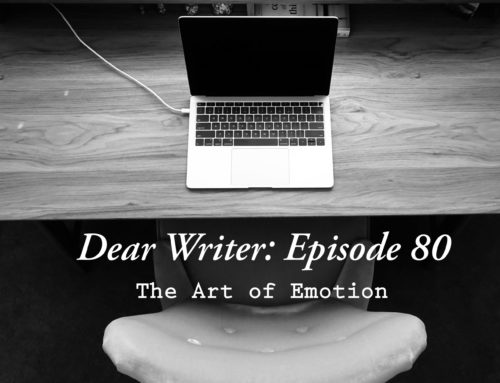
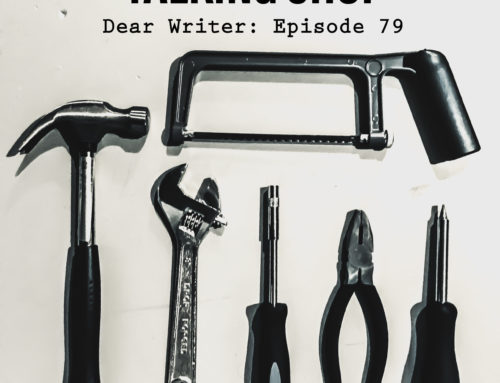
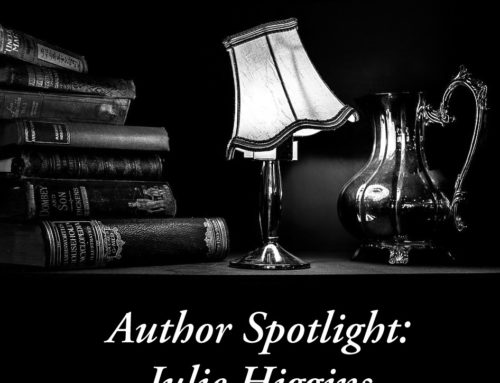
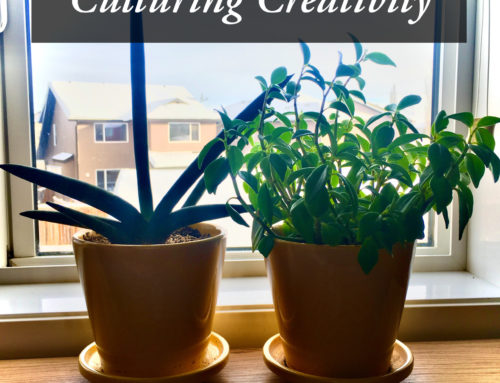
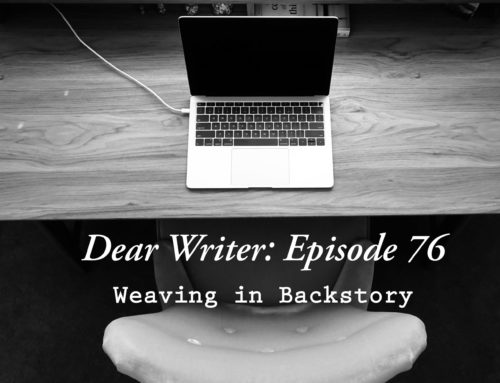
Leave A Comment